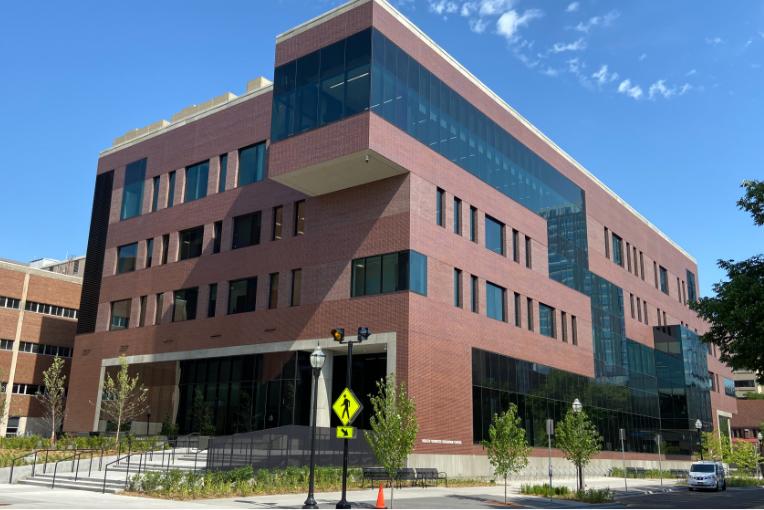What’s Next After the Nurses Strike?
September 21, 2022
The largest private sector nurses’ strike in U.S. history occurred this month over a three-day period from September 12 to September 14, as about 15,000 nurses went on strike across the state of Minnesota alone. Around twelve hospitals across the Twin Cities metro area were impacted and the strike was led by union officials in the state from the Minnesota Nurses Association.
Union members lined up at hospitals across the state to show their defiance against hospital policies and to bargain for a change to them. Several University of Minnesota hospitals were affected by the strike including M Health Fairview University of Minnesota, M Health Fairview Southdale in Edina, M Health Fairview St. Joseph’s Hospital in St. Paul, M Health Fairview St. John’s in Maplewood, and M Health Fairview St. Mary’s Medical Center in Duluth. A full list of hospitals affected can be found here.
Each of the hospitals affected released statements on the strike, calling for an end to them and urging meditation. Twin Cities hospital group’s statement read in part “We are disappointed the nurses’ union today has rushed into an intent to strike notification and refuses to exhaust all available means to avoid potential disruption to patient care including our repeated offers of an outside mediator.”
Other hospital groups such as Essentia Health and Twin Cities Hospital Groups released statements with similar statements. More information on their statements can be found here.
Issues that were exacerbated by the stress of the pandemic came to a boiling point as nurses demanded an increase in pay, more say in staffing, and disagreed with hospital staff over care quality issues. These problems are not new, and the Minnesota Nurses Association has been in negotiations with hospitals across the state for six months.
Nurses call on hospitals to address issues in pay and for many nurses, the biggest issue is safety in the workplace. Healthcare workers across the country are facing attacks from patients or family members, and as nurses are often the ones dealing directly with patients, they face the brunt of the impact.
Retention rates among nurses are a growing problem within the healthcare industry, as there is a surplus of registered nurses in the country, but there is a staffing shortage within hospitals. A report from the Illinois Economic Policy Initiative found that 52 percent of nurses are considering leaving their job within the next year.
Reports from both sides of the issue show that they have reached some type of agreement on workplace safety but remain in disagreement over issues such as pay. Nurses originally asked for a 27 to 30 percent increase in pay over the course of three years and the hospitals responded with a 10 to 12 percent increase over the same time period. Such a stark difference in percentage remains a point of contention.
The University of Minnesota community, with one of the largest hospitals in the area in M Health Fairview, was vocal on the issue. Medical students at the University of Minnesota Medical School released a statement during the strike that stated their support for the Minnesota Nurses Association and the strike. The medical students urged the hospitals to put patients over profits stated “we must amplify their voices and emphasize the immense value of every nurse on healthcare teams.”
Their support of the nurses and their statements on the value of nurses within the healthcare system is backed by evidence, as rates of patient death in the hospital go up 7 percent for every additional patient the nurse has to care for.
A solution is still yet to be found by either side. John Budd, a professor at the Carlson School of Management at the University of Minnesota remarked “They do need to find some common ground, but both sides want that compromise to favor themselves.”
The long-term consequences of the strike for the nurses and the hospital grounds are yet to be seen. Minnesota nurses went back to work on either Wednesday or Thursday that same week, but many questions are left unanswered. The healthcare system within Minnesota and the nation were surely affected by this, but exactly how is still to be discovered.













